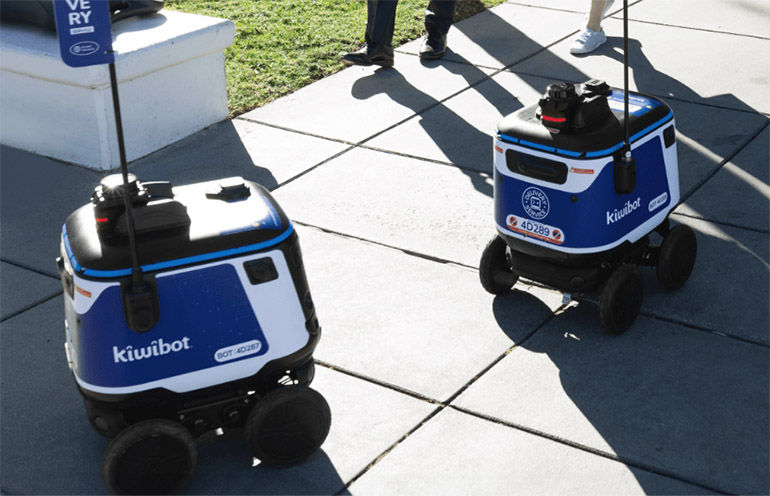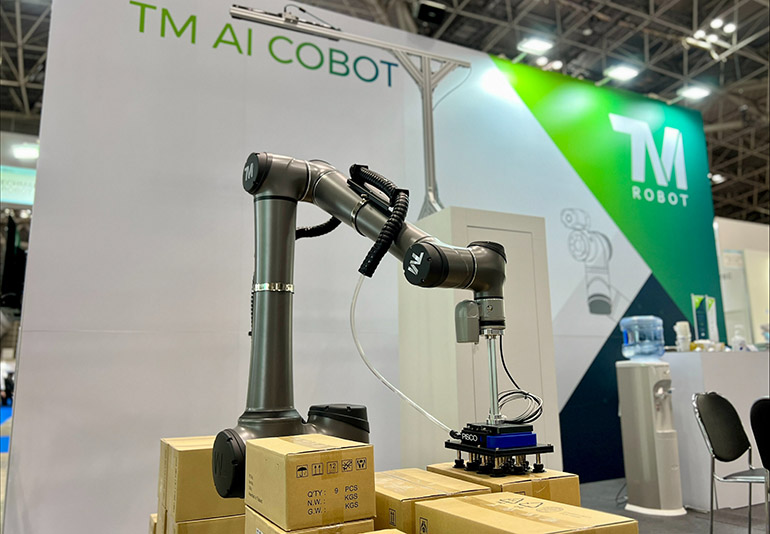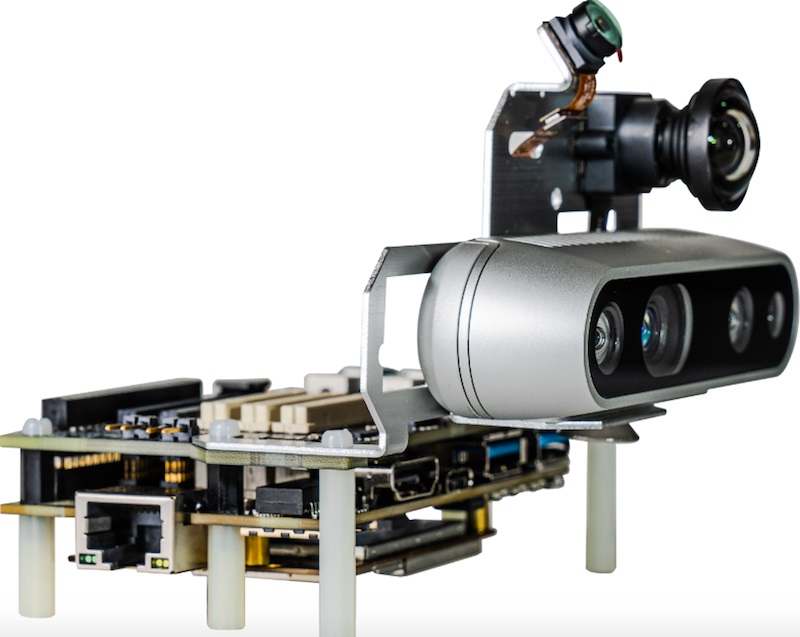A groundbreaking study conducted by researchers at the University of California San Diego has shed new light on how humans prefer to interact with robots in crowded environments, and what algorithms should guide robot behavior in these scenarios. The findings, presented at the International Conference on Robotics and Automation (ICRA) 2024 in Japan, mark a significant step forward in understanding the complex dynamics of human-robot interactions in everyday settings.
Led by Aamodh Suresh and Angelique Taylor, both recent Ph.D. graduates from UC San Diego, the study is the first of its kind to investigate robots that infer human perception of risk for intelligent decision-making in common situations. "We wanted to create a framework that would help us understand how risk-averse humans are–or not–when interacting with robots," explained Taylor, now a faculty member at Cornell Tech.
The research team faced unique challenges due to the ongoing pandemic, which necessitated the design of an innovative online experiment. Participants, primarily STEM students at the undergraduate and graduate levels, engaged in a simulated scenario where they played the role of Instacart shoppers navigating a grocery store. The game presented subjects with three different paths to reach their destination, each varying in duration and exposure to individuals with COVID-19.
Surprisingly, the results revealed a consistent pattern of underestimation in participants' self-reported willingness to take risks. Suresh noted, "If there is a reward in it, people don't mind taking risks." This finding challenged preconceived notions about risk aversion and highlighted the complex factors influencing human decision-making in potentially hazardous situations.
Based on these insights, the researchers determined that prospect theory, a behavioral economics model developed by Nobel laureate Daniel Kahneman, would be the most appropriate framework for programming robots to interact with humans. This theory posits that people evaluate gains and losses relative to a reference point, with losses typically carrying more psychological weight than equivalent gains.
The study's application of prospect theory to robotics represents a novel approach to designing more intuitive and human-centric robot behaviors. By understanding that humans may prioritize certain rewards over potential risks, roboticists can develop algorithms that better anticipate and respond to human actions in shared spaces.
In addition to exploring risk perception, the study also investigated preferred methods of robot-human communication. Participants expressed a range of preferences, including speech, gestures, and touch screens, underscoring the importance of versatile communication interfaces in future robot designs.
While this research marks a significant advancement in the field of human-robot interaction, the team acknowledges the limitations of their current study. The online format and the relatively homogeneous participant pool of STEM students may not fully represent the diverse perspectives and behaviors of the general population. As such, the researchers are planning a follow-up in-person study with a more diverse group of subjects to validate and expand upon their findings.
The implications of this study extend far beyond academic circles. As robots become increasingly integrated into various aspects of daily life, from healthcare and retail to manufacturing and transportation, understanding how humans perceive and interact with these machines becomes crucial. This research provides valuable insights that could inform the development of more socially aware and adaptable robots, potentially leading to safer and more efficient human-robot collaborations in crowded environments.
Moreover, the study's findings could have broader applications in fields such as urban planning, public health, and emergency response. By better understanding how individuals assess and respond to risks in complex environments, policymakers and designers can create more effective strategies for managing crowd behavior and enhancing public safety.
As we stand on the cusp of a new era in human-robot coexistence, studies like this one from UC San Diego play a vital role in shaping the future of our increasingly automated world. By bridging the gap between human psychology and robotic programming, researchers are paving the way for a more harmonious and productive relationship between humans and their artificial counterparts.


















